A Comprehensive Guide to Catholic Holy Days in 2025
Related Articles: A Comprehensive Guide to Catholic Holy Days in 2025
Introduction
With enthusiasm, let’s navigate through the intriguing topic related to A Comprehensive Guide to Catholic Holy Days in 2025. Let’s weave interesting information and offer fresh perspectives to the readers.
Table of Content
A Comprehensive Guide to Catholic Holy Days in 2025
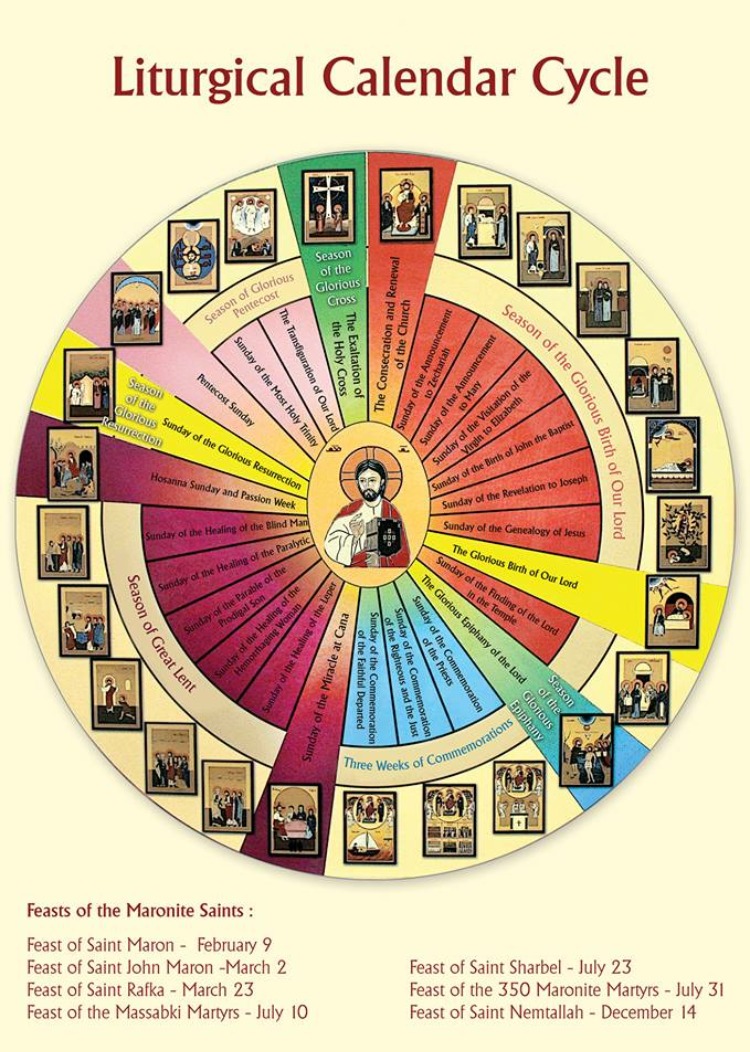
The Catholic Church observes numerous holy days throughout the year, each commemorating significant events in the life of Jesus Christ, the Blessed Virgin Mary, and other saints. These days serve as opportunities for reflection, prayer, and spiritual renewal, fostering a deeper connection with the divine and the Church’s rich history. This guide provides a detailed overview of the Catholic holy days in 2025, outlining their significance and offering practical tips for observing them meaningfully.
Understanding Catholic Holy Days
Catholic holy days fall into two categories: Holy Days of Obligation and Optional Memorials.
- Holy Days of Obligation: These are days when Catholics are required to attend Mass. They are designated by the Church to emphasize specific events in the liturgical year and encourage active participation in the sacraments.
- Optional Memorials: These days honor particular saints or events, but attendance at Mass is not mandatory. However, they provide opportunities for reflection and prayer, fostering devotion to the individuals or events celebrated.
2025 Catholic Holy Days: A Calendar Guide
January:
- January 1: Solemnity of Mary, Mother of God: This day commemorates Mary’s role as the mother of Jesus Christ, emphasizing her importance in the history of salvation. It is also the beginning of the Octave of Christmas, a period of eight days celebrating the birth of Christ.
- January 6: Epiphany: This feast celebrates the revelation of Jesus Christ as the Son of God to the Gentiles, symbolized by the visit of the Magi. It marks the end of the Christmas season.
February:
- February 2: Presentation of the Lord: This day commemorates the presentation of Jesus in the Temple, marking the beginning of his public ministry. It is also known as Candlemas, a tradition associated with the blessing of candles.
March:
- March 19: Saint Joseph, Spouse of the Blessed Virgin Mary: This feast honors Saint Joseph, the foster father of Jesus, highlighting his role in the Holy Family and his importance as a model of faith and devotion.
April:
- April 9: Good Friday: This day commemorates the crucifixion and death of Jesus Christ, marking the culmination of Holy Week. It is a day of fasting and prayer, reflecting on the sacrifice of Christ for the salvation of humanity.
- April 10: Holy Saturday: This day marks the period between the crucifixion and resurrection of Jesus, a time of waiting and anticipation. It is a day of reflection and preparation for the celebration of Easter.
- April 11: Easter Sunday: This is the most significant feast in the Christian calendar, celebrating the resurrection of Jesus Christ from the dead. It symbolizes the victory of life over death, hope over despair, and the promise of eternal life.
May:
- May 1: Saint Joseph the Worker: This feast honors Saint Joseph as a model for all workers, highlighting the dignity of labor and the importance of work in human life.
- May 15: Ascension of the Lord: This feast commemorates the ascension of Jesus Christ into heaven forty days after his resurrection. It signifies his return to the Father and the promise of the Holy Spirit.
- May 31: Pentecost Sunday: This feast celebrates the descent of the Holy Spirit upon the Apostles, marking the birth of the Church and the beginning of its mission to spread the Gospel.
June:
- June 29: Saints Peter and Paul, Apostles: This feast honors the two great pillars of the early Church, Peter and Paul, who played a crucial role in spreading the Christian faith.
July:
- July 25: Saint James the Apostle: This feast honors Saint James, the brother of John, one of the twelve apostles of Jesus Christ.
August:
- August 15: Assumption of the Blessed Virgin Mary: This feast celebrates the bodily assumption of Mary into heaven, highlighting her unique role in the history of salvation and her special relationship with God.
September:
- September 8: Nativity of the Blessed Virgin Mary: This feast commemorates the birth of Mary, the mother of Jesus Christ, emphasizing her importance as the chosen vessel for the Incarnation.
- September 14: Exaltation of the Holy Cross: This feast commemorates the finding and veneration of the True Cross, upon which Jesus Christ was crucified. It is a day of reflection on the sacrifice of Christ and the power of the cross.
- September 29: Saint Michael the Archangel, Saint Gabriel the Archangel, and Saint Raphael the Archangel: This feast honors the three archangels, Michael, Gabriel, and Raphael, who are believed to be powerful messengers and protectors of humanity.
October:
- October 4: Saint Francis of Assisi: This feast honors Saint Francis, a renowned Italian friar and founder of the Franciscan Order, known for his love for nature, poverty, and peace.
- October 18: Saint Luke the Evangelist: This feast honors Saint Luke, the author of the Gospel of Luke and the Acts of the Apostles, who is considered a patron saint of physicians and artists.
- October 28: Saints Simon and Jude, Apostles: This feast honors the two apostles, Simon and Jude, who were among the twelve disciples of Jesus Christ.
November:
- November 1: All Saints’ Day: This feast honors all the saints, both known and unknown, who have lived lives of holiness and achieved eternal glory.
- November 2: All Souls’ Day: This day is dedicated to remembering and praying for the souls of the faithful departed, particularly those who have died recently.
December:
- December 8: Immaculate Conception of the Blessed Virgin Mary: This feast celebrates the conception of Mary without original sin, emphasizing her unique role in the history of salvation.
- December 25: Christmas Day: This is the most celebrated feast in the Catholic Church, commemorating the birth of Jesus Christ, the Son of God. It is a day of joy, celebration, and reflection on the mystery of the Incarnation.
Understanding the Importance of Catholic Holy Days
Catholic holy days are not simply days off work or holidays in the traditional sense. They are opportunities for Catholics to deepen their faith, strengthen their relationship with God, and actively participate in the life of the Church.
- Remembering the Mysteries of Faith: Each holy day commemorates a significant event in the life of Jesus Christ, the Blessed Virgin Mary, or other saints. By observing these days, Catholics are reminded of the central mysteries of their faith, strengthening their understanding and appreciation of the Christian story.
- Reflecting on the Lives of Saints: Many holy days honor specific saints, providing examples of holy living and inspiring Catholics to strive for their own spiritual growth. By learning about the lives and deeds of these holy men and women, Catholics can draw inspiration and guidance for their own lives.
- Fostering Community and Unity: Holy days are often celebrated with special Masses and liturgies, bringing Catholics together as a community to pray and worship. This shared experience strengthens bonds of faith and unity, fostering a sense of belonging and shared purpose.
- Cultivating Spiritual Growth: The observance of holy days provides opportunities for prayer, reflection, and spiritual renewal. By setting aside time for these practices, Catholics can deepen their connection with God, grow in their understanding of the faith, and strengthen their resolve to live a life of holiness.
FAQs about Catholic Holy Days
Q: What are the Holy Days of Obligation in 2025?
A: The Holy Days of Obligation in 2025 are:
- January 1: Solemnity of Mary, Mother of God
- January 6: Epiphany
- February 2: Presentation of the Lord
- March 19: Saint Joseph, Spouse of the Blessed Virgin Mary
- April 9: Good Friday
- April 11: Easter Sunday
- May 1: Saint Joseph the Worker
- May 15: Ascension of the Lord
- May 31: Pentecost Sunday
- August 15: Assumption of the Blessed Virgin Mary
- November 1: All Saints’ Day
- December 8: Immaculate Conception of the Blessed Virgin Mary
- December 25: Christmas Day
Q: What does it mean to observe a Holy Day of Obligation?
A: Observing a Holy Day of Obligation means attending Mass on that day. This is a requirement for all Catholics, except those who are excused for reasons of illness, disability, or other legitimate reasons.
Q: What happens if I miss Mass on a Holy Day of Obligation?
A: Missing Mass on a Holy Day of Obligation is considered a serious sin. Catholics are encouraged to make every effort to attend Mass on these days, but if they are unable to do so for a valid reason, they should make a sincere act of contrition and attend Mass as soon as possible.
Q: What are some tips for observing Catholic holy days meaningfully?
A: Here are some tips for making the most of Catholic holy days:
- Attend Mass: This is the most important way to observe a holy day, as it is the central act of worship in the Catholic Church.
- Pray: Dedicate time to personal prayer, reflecting on the significance of the day and seeking God’s grace.
- Read Scripture: Read passages from the Bible that relate to the events being celebrated.
- Perform Acts of Charity: Offer acts of kindness and service to others, following the example of Jesus Christ and the saints.
- Attend Special Liturgies: Many parishes hold special Masses and liturgies on holy days, offering opportunities for deeper reflection and prayer.
- Share the Faith: Share the joy of the faith with family and friends, explaining the significance of the day and inviting them to participate in the celebration.
Conclusion
Catholic holy days are integral to the life of the Church, offering opportunities for spiritual growth, community building, and a deeper understanding of the Christian faith. By observing these days with reverence and devotion, Catholics can cultivate a stronger relationship with God, honor the saints, and live lives that reflect the teachings of Jesus Christ.
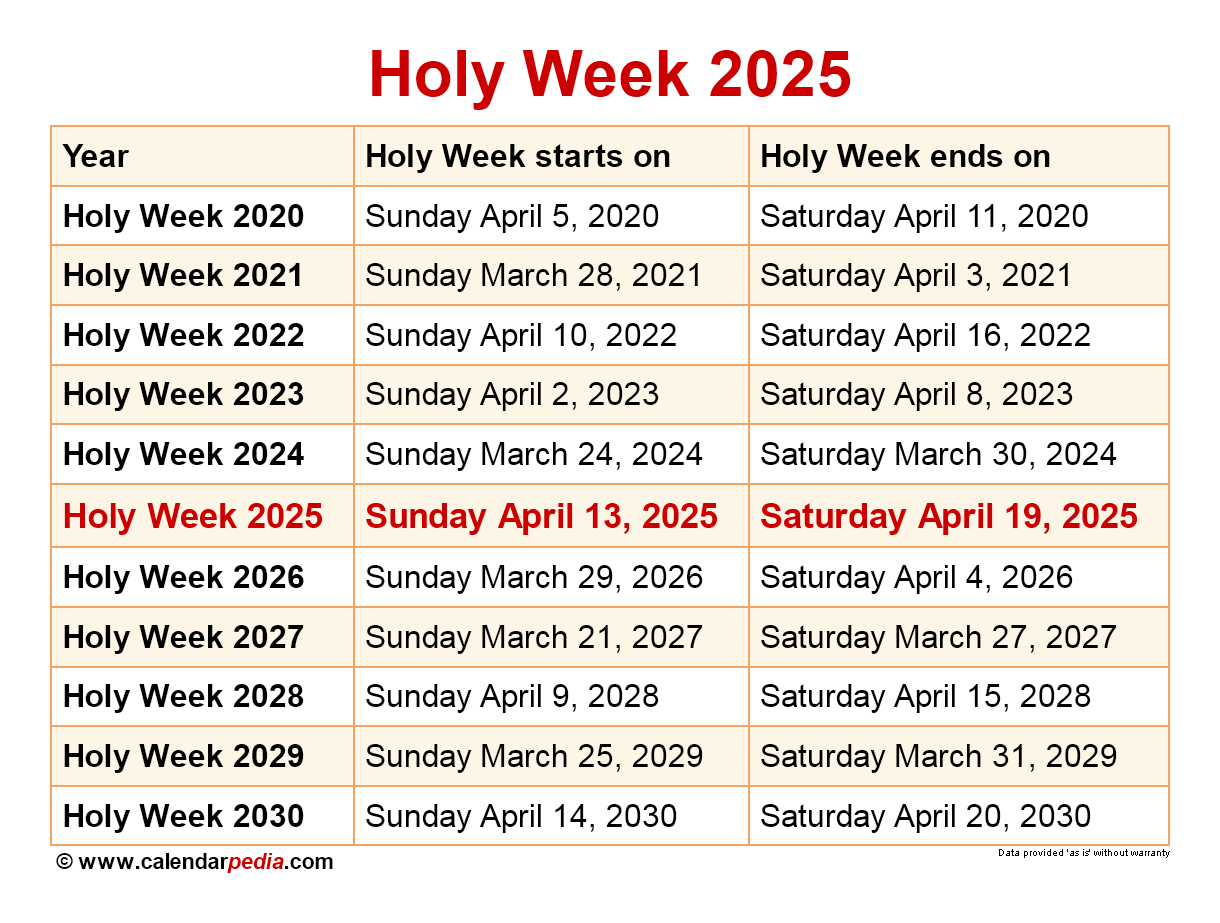


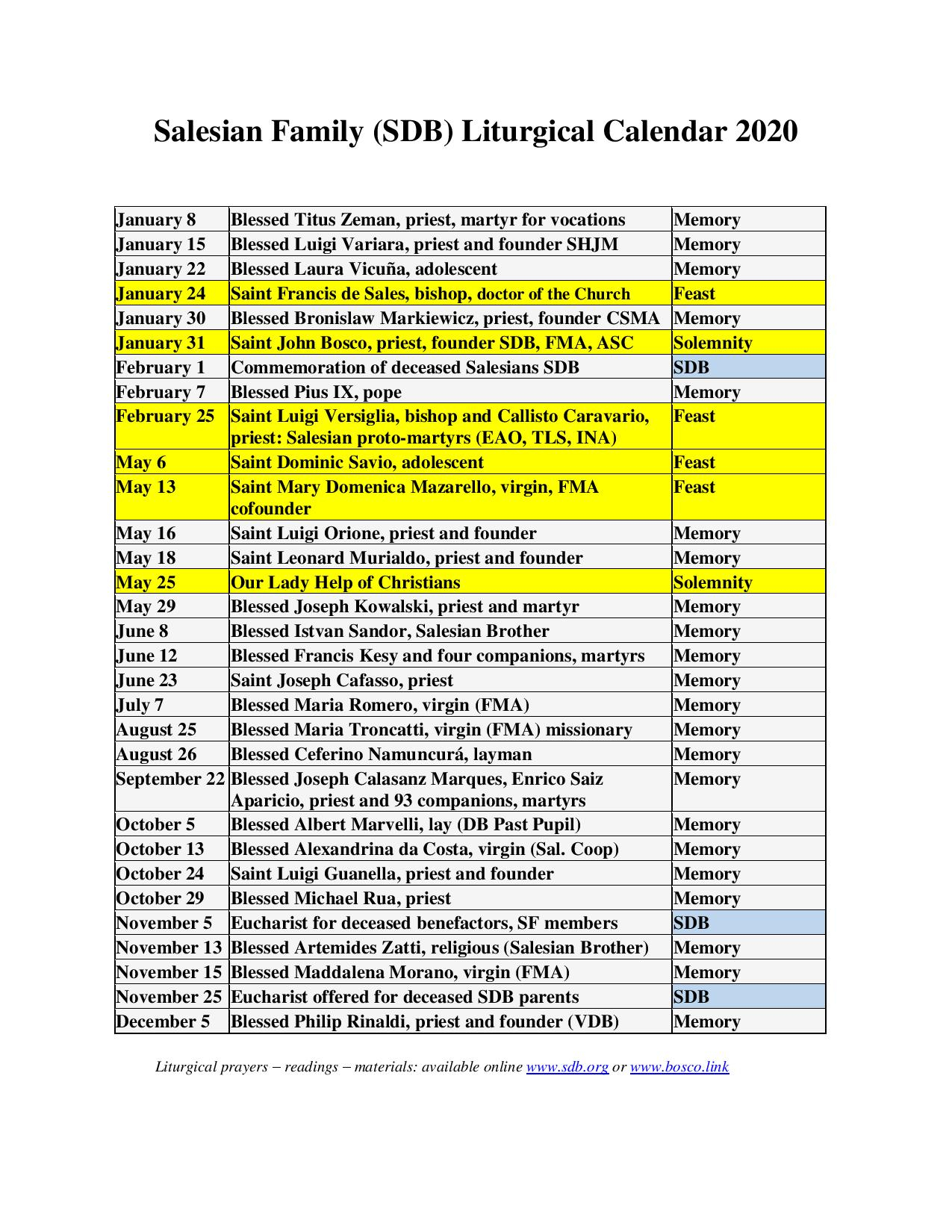
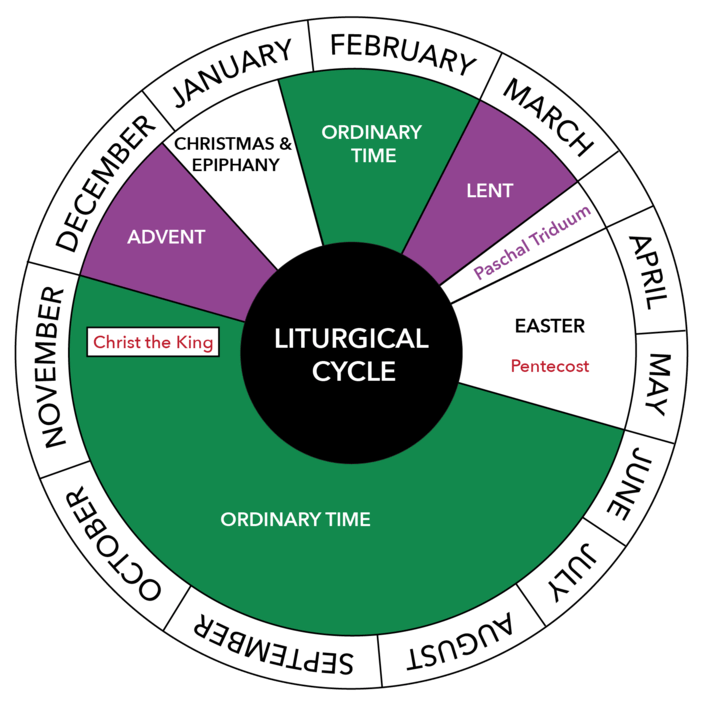
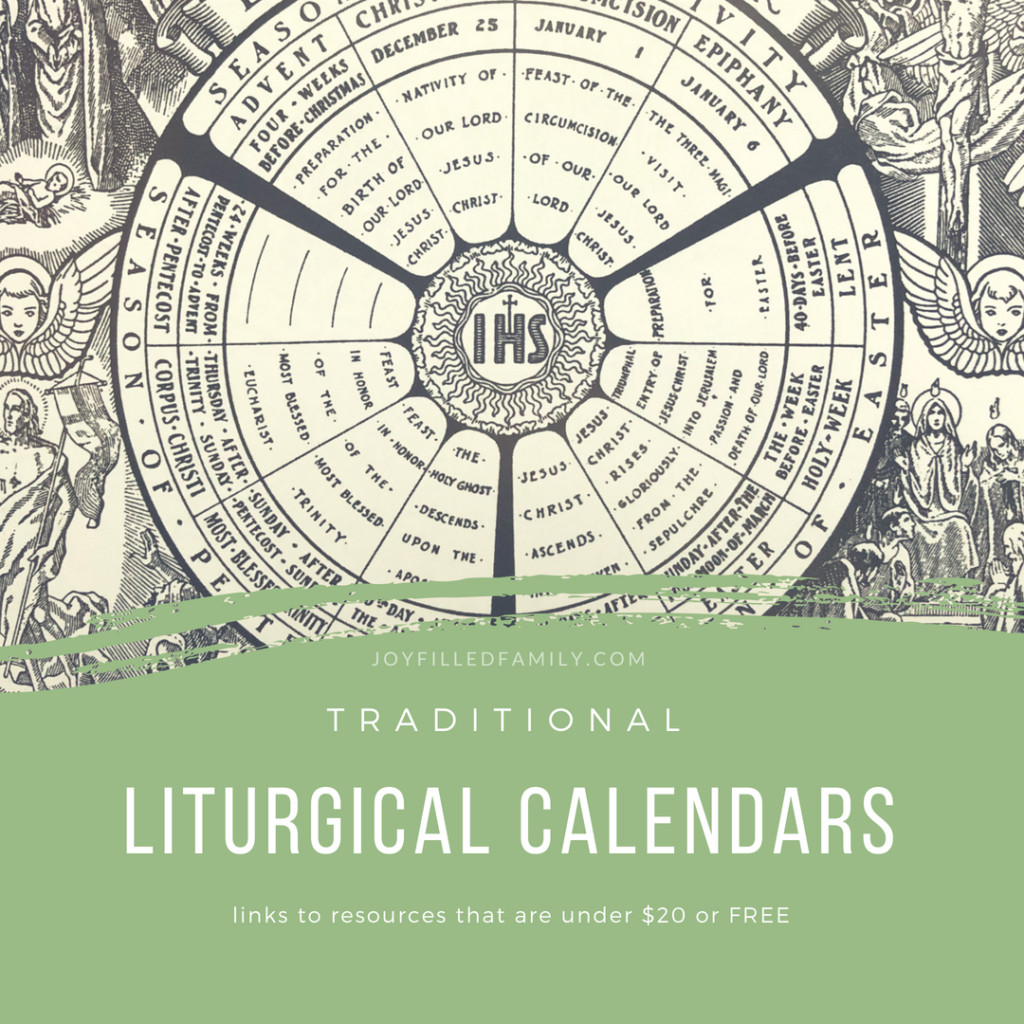
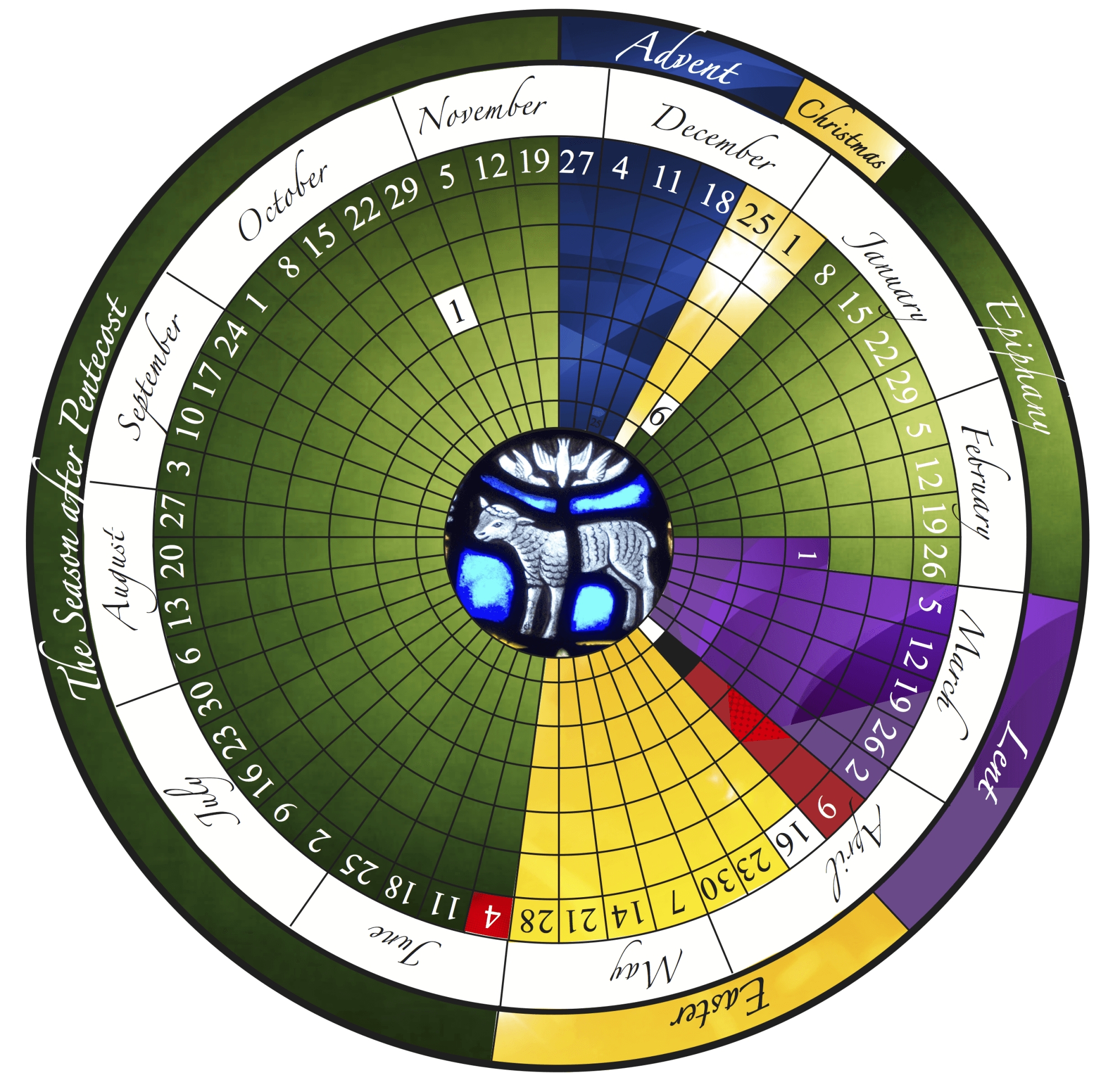
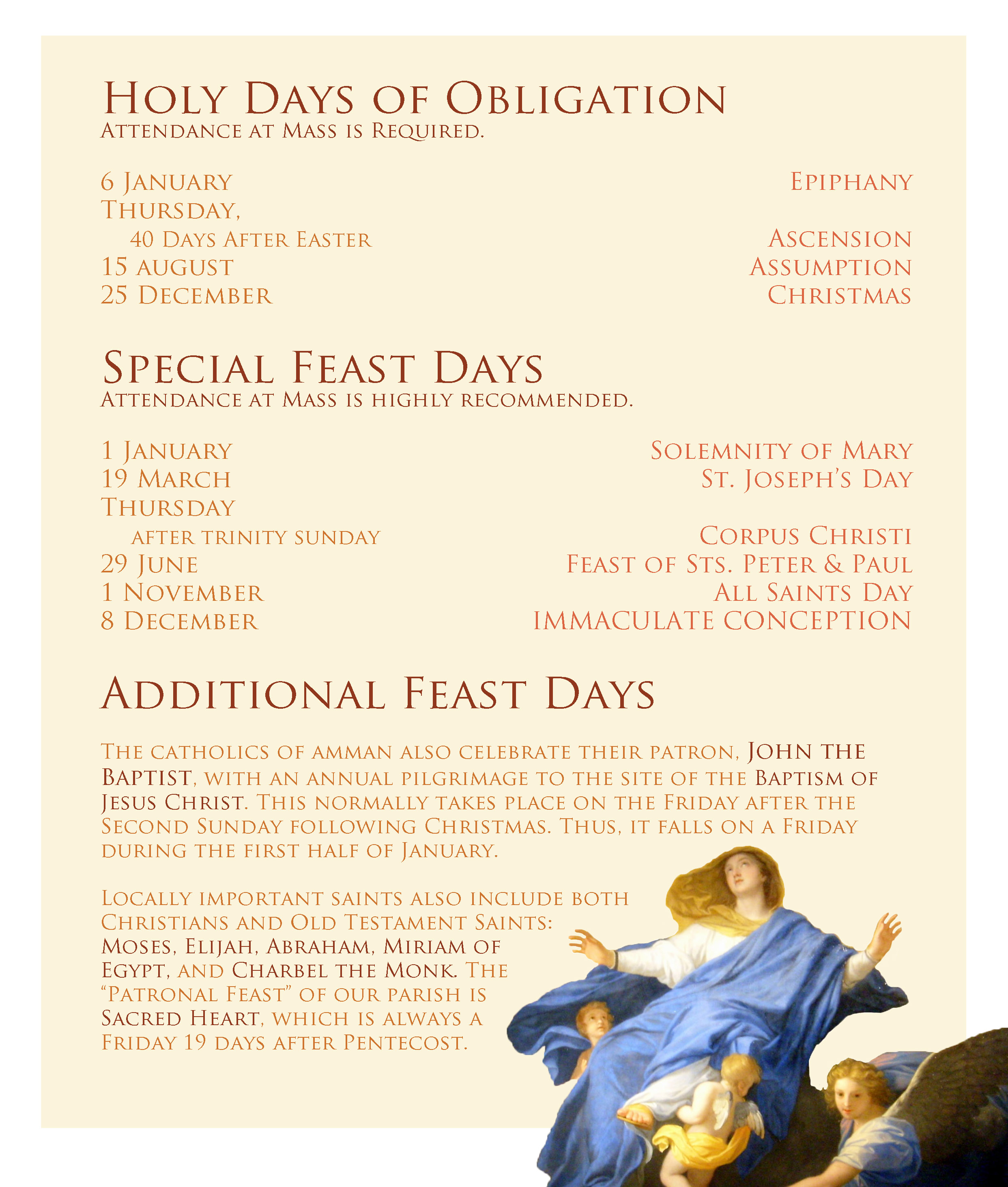
Closure
Thus, we hope this article has provided valuable insights into A Comprehensive Guide to Catholic Holy Days in 2025. We thank you for taking the time to read this article. See you in our next article!
